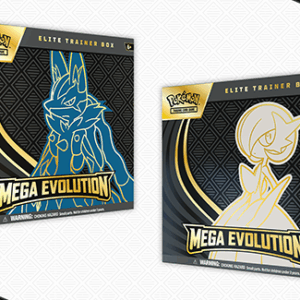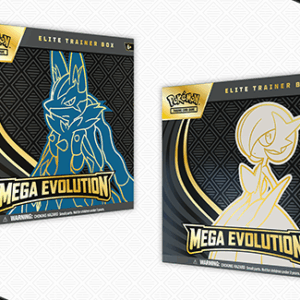With 2025 set to unfold with promises of vibrant sunsets and the usual baseball excitement, Topps has decided to add a touch of artistic flair and cultural significance to their Bowman Baseball collection. Enter the Kanji card subset, an extraordinary fusion of art and culture that is set to cause a sensation among collectors worldwide.
Scheduled for release on May 7, this unique series pulls in the allure of anime art with the storied legacy of Japanese baseball. The subset highlights four iconic figures: Shohei Ohtani, Ichiro Suzuki, Hideki Matsui, and the rising star Roki Sasaki. Each of these cards comes not only with anime-styled visuals but also with the player’s name boldly written in Kanji, Japan’s traditional script of characters known for their depth and complexity.
Incorporating this unique style into the baseball cards is a masterstroke, offering a visual and cultural homage to Japanese players who have left remarkable imprints on the sport. Among these, the card of Shohei Ohtani is predicted to be the crown jewel. Given his current standing as a baseball virtuoso, Ohtani’s presence in any collection elevates its desirability and this Kanji-themed card is no different.
However, it’s the card of Roki Sasaki that has truly amped up the buzz among collectors. His card bears the coveted rookie card (RC) logo, potentially making it a future masterpiece, desired not just for its limited edition but for its artistic and cultural essence.
Topps’ introduction of the Kanji cards underscores a significant strategy aimed at broadening global horizons. For one, these cards seek to capture not just American collectors who are typically after rarity and standout designs, but also collectors from Japan and China, who might find more profound cultural significance and pride vested in these creations.
As speculation mounts, many anticipate that future card releases might be enriched with more dynamic players from Japan’s baseball world. Potential additions could come in the form of upcoming sensations like Shota Imanaga, Yoshinobu Yamamoto, and Masataka Yoshida, who have already begun to carve their niches internationally. Adding veteran luminaries such as Yu Darvish and Kenta Maeda would continue to draw those who wish to own a slice of history in the making.
This bold Kanji series accompanies other celebrated Bowman sets, such as Mega Futures, Rookie of the Year Favorites, and Very Important Prospects. Nonetheless, it’s the charm, exquisiteness, and limited edition nature of this anime-centric set that might just define the 2025 release. Topps has managed to transform what might normally be mere cardboard into a passageway of cultural storytelling, a tribute to the blend of East and West.
Beyond the aesthetics, the Kanji card subset is more than a collection—it’s an embodiment of a global connection and an expression of respect for the Japanese players who ventured and succeeded in America’s major leagues. This pointed blending of cultures through sports card artistry can help bridge gaps, ignite conversations, and celebrate diversity.
With the unveiling of the Kanji card series, Topps has not only expanded on its ever-growing repertoire of innovative releases but also set a new benchmark in commemorative sports collectibles. For collectors with a discerning eye, and a penchant for the extraordinary, this promises to be more than just another addition to their collection—it becomes a narrative, adorned with anime flair, that speaks volumes of national pride and international acclaim.
In a year where the sporting world faced challenges and triumphs alike, these Kanji cards offer a narrative for collectors craving both novelty and a deep-seated cultural authenticity. Every chase for these cards will likely be steeped in thrills, with collectors spanning vast geographies in hot pursuit of this unique tribute to an amalgamation of baseball excellence and artistic celebration.
As May 7 approaches, who’s got their eyes set on Ohtani, or perhaps Ichiro? Whichever way the collecting tide turns, one thing is certain—the 2025 Bowman Baseball release with its Kanji subset is a testament to how culture can color every stitch, stroke, and story in the art of baseball collectibles.






